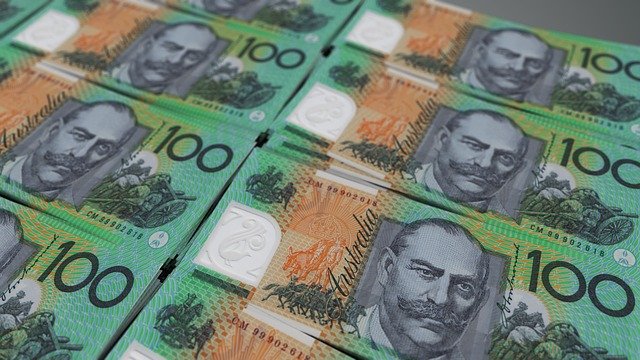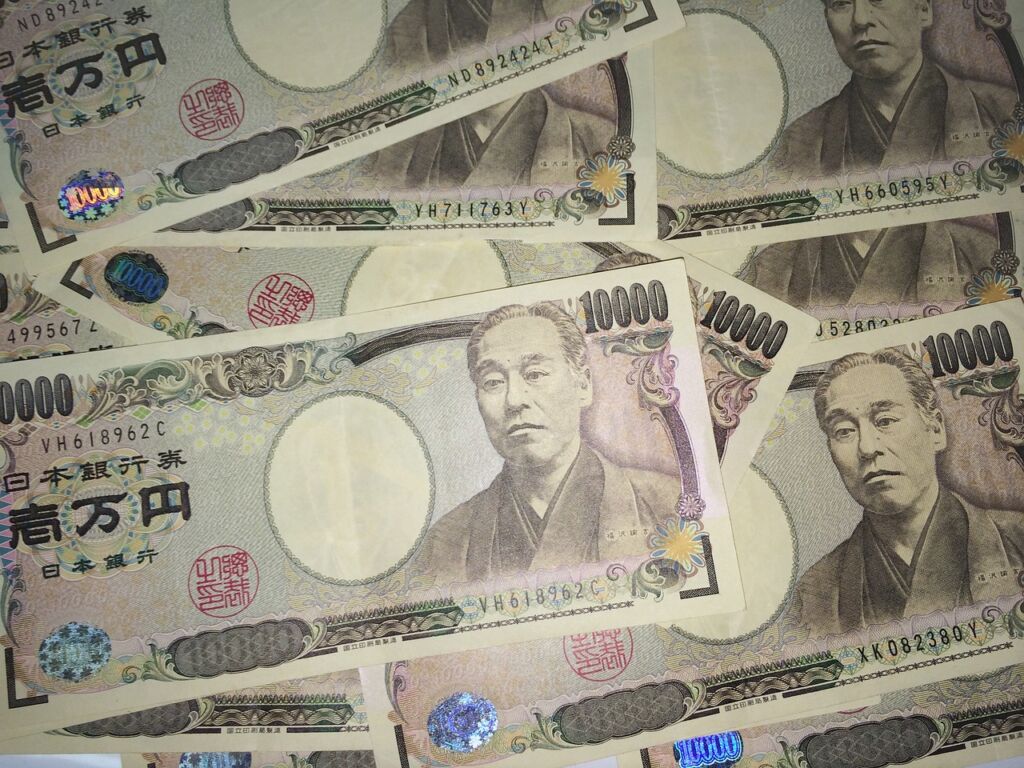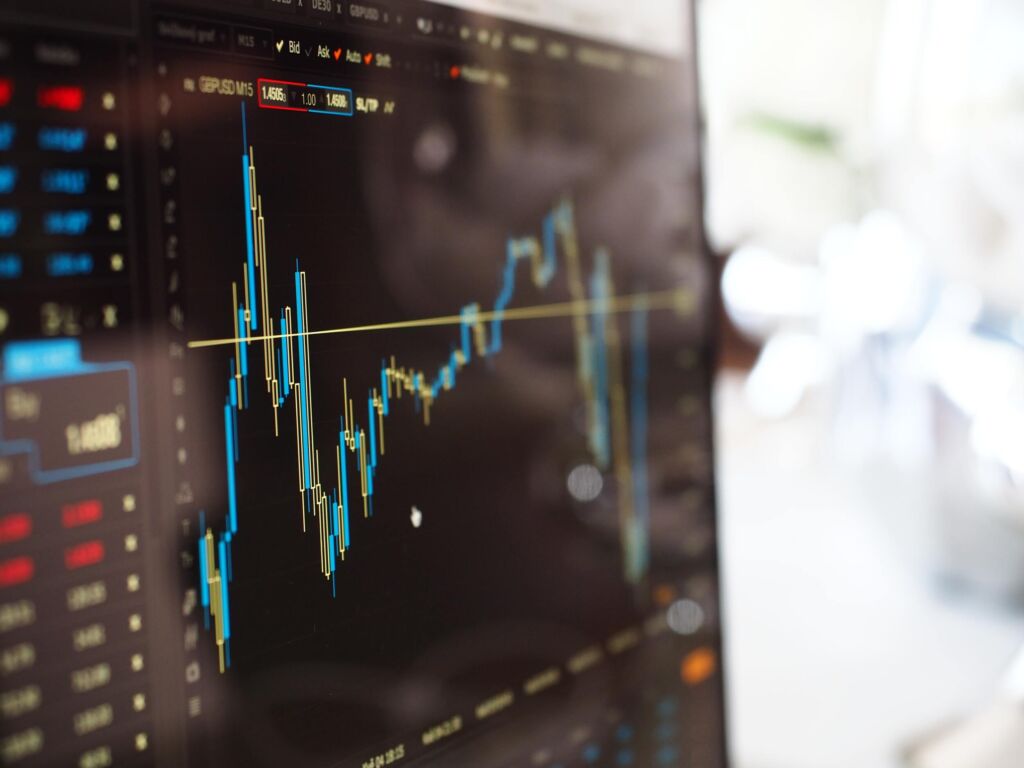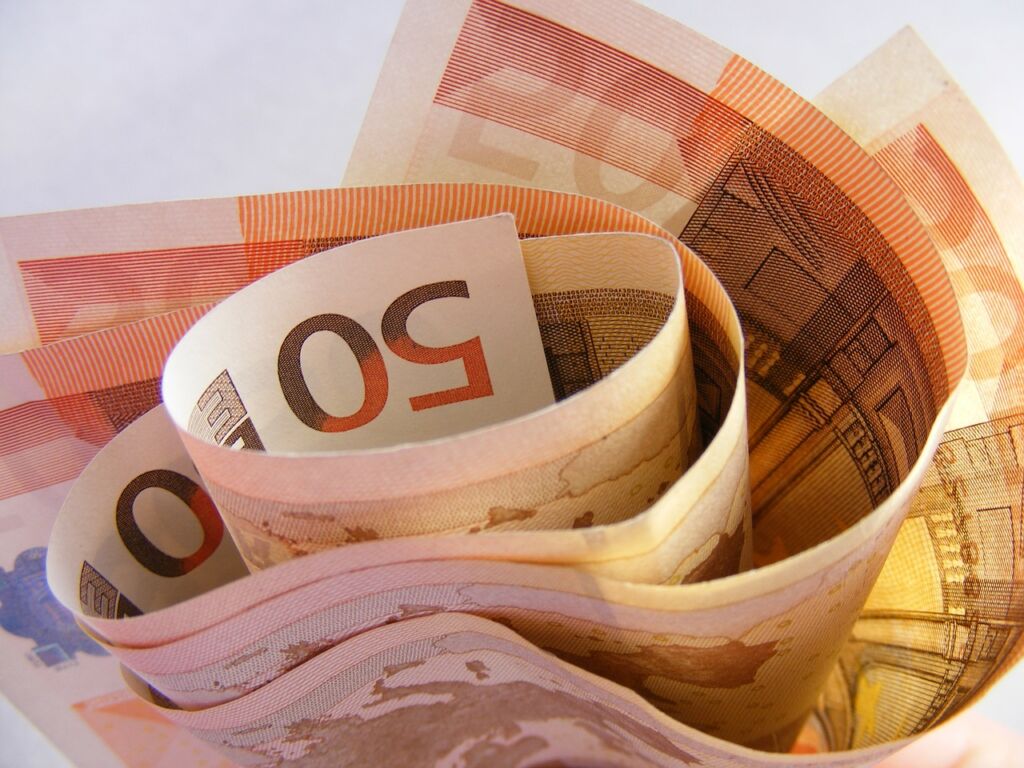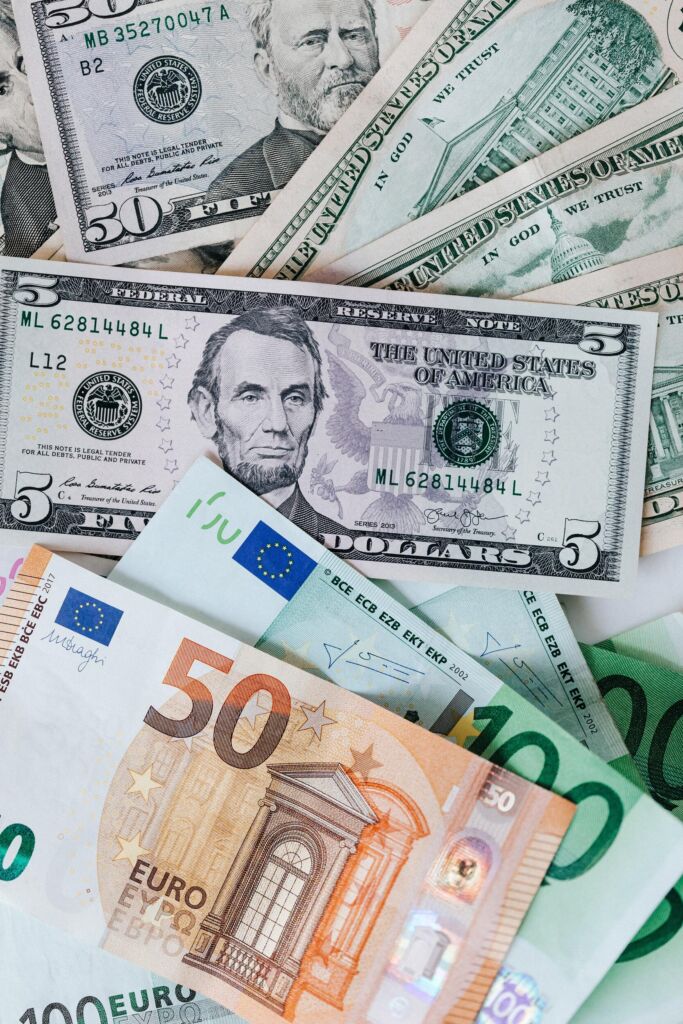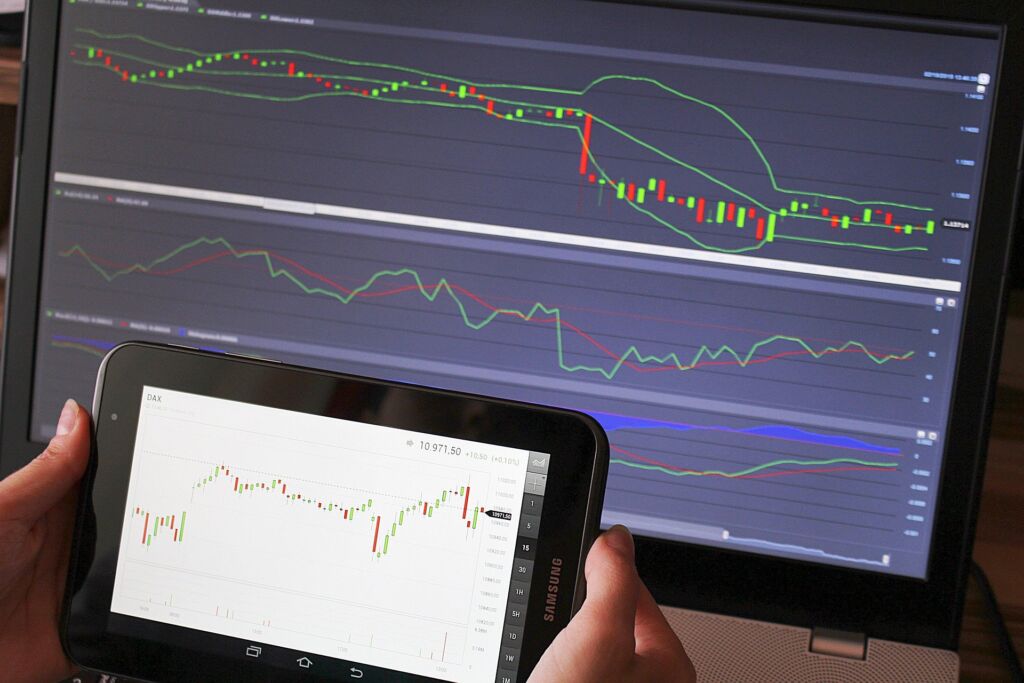The Australian dollar has resumed its recovery against the US dollar. AUD/USD has risen to 0.7471, up 0.80% on the day. The pair is at its highest level over last ...
Gold prices all-time high today amid trade war concerns · The Forex Market in 2025 · What Is the 1% Rule in Forex and Why Do Traders Use It? · What Are Forex Spreads? Fixed vs Variable Explained Simply · How are Gold and Forex Correlated · What are the best trading routines to stay focused and productive? · Is Blockchain in Forex Trading the Future of Secure Transactions? · Why Stop-Loss Trading is Important in Forex · Forex Trading With a Small Account · Copper Trading in Forex Markets: How It Works and How to Trade

